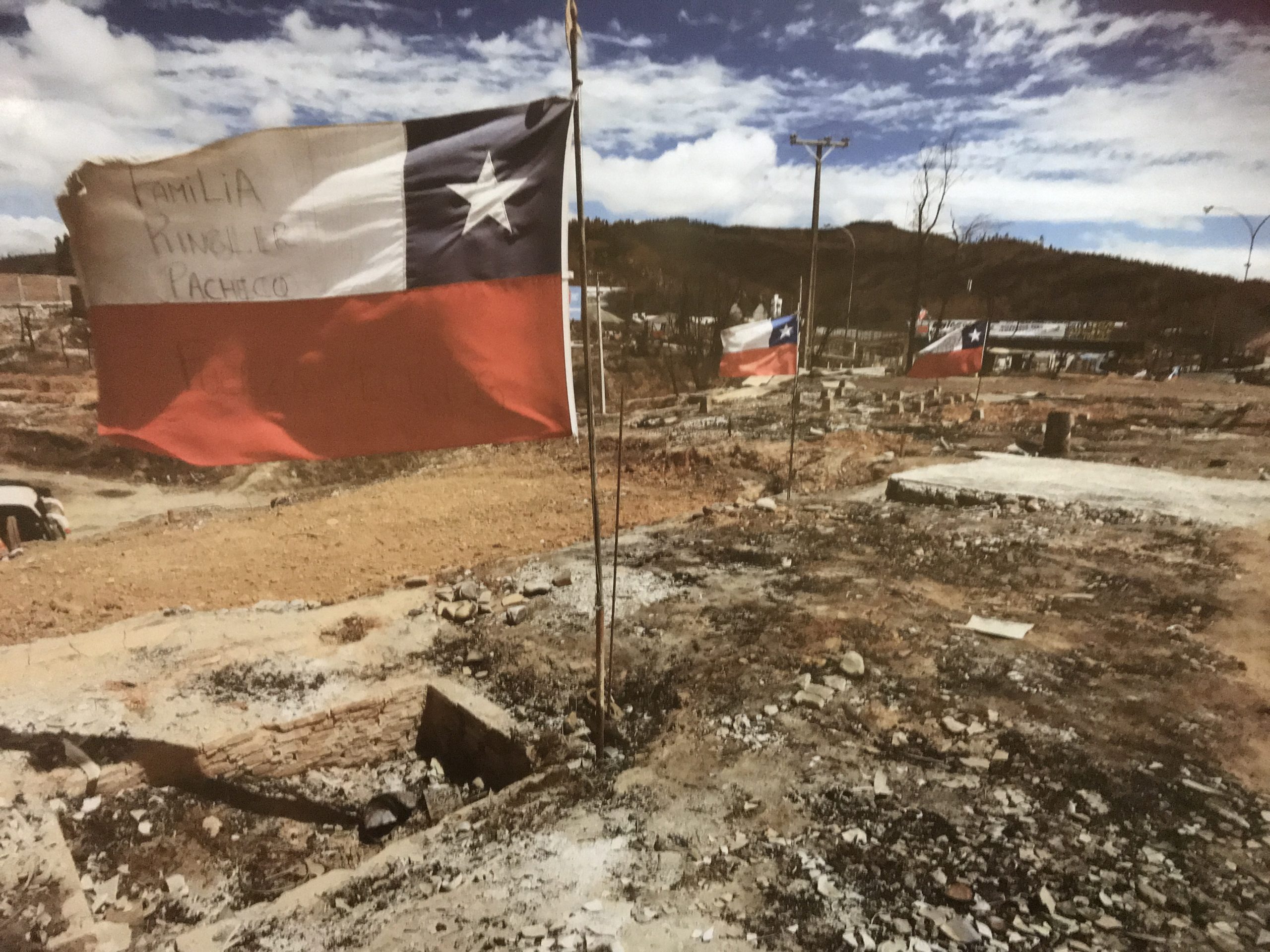Proyecto Fondecyt INICIACIÓN # 11220562 (2022-2024)
Catastrophes triggered by extreme natural events are increasing globally, especially those related to climate change. In fact, 90% of disasters occurred between 2005 and 2015 were related to extreme weather, an increase of 14% from the previous decade (CRED, 2015). These critical events present important challenges to states and societies, who must adjust both social practices and infrastructure in order to anticipate, resist, absorb, adapt, and recover from progressively frequent and intense disasters.
From a theoretical perspective, these events allow us to study important questions regarding the relationship between nature and society, especially if we understand society as an intricated network of people and things (technology, infrastructure, objects) (Oliver-Smith 1996; Law 2010). From a public policy perspective, disasters have imposed the most demanding budget challenges since World War II (Fengler et al. 2018). In the case of Chile, an average of US$ 950 million are spent annually on reconstruction projects, most of it in repairing or rebuilding infrastructure (ONEMI, 2017). This project seeks to contribute to the study of disasters from both perspectives, theoretical and practical, through the development and validation of a comprehensive model of sustainable recovery, based on an interdisciplinary analysis of the different dimensions of disaster, and considering their social and physical aspects as embedded, interdependent, and coevolving.
An interdisciplinary approach to disaster is not only desirable but necessary for sustainable development. Disasters are “all-encompassing” occurrences, which means that they involve or intervene on practically all dimensions of human life: environmental, biological, technological, and sociocultural (Oliver-Smith & Hoffman 1999). However, public policy interventions after disasters tend to focus on repairing and restoring infrastructure, leaving other areas of recovery unattended (Smith & Wenger, 2007; Alesch & Siembied, 2012). A sustainable recovery, in contrast, is a process that also involves the economic, cultural and social revitalization of the affected communities, a focus on people’s health and quality of life, and the assure certain environmental equilibrium, looking to avoid future disasters.
While there is valuable knowledge on recovery in current literature, this information and expertise is distributed across different disciplines, with limited connections between them. This project aims to develop an interdisciplinary model that integrates different visions, methods and knowledges, highlighting the value of disasters to better comprehend the relationship and co-evolution of nature, society and infrastructure (Law 1990; Oliver-Smith 1996; Law 2010; Murdoch 2001). These transdisciplinary perspectives are still rare in disaster studies (Fortun & Frickel, 2012; Barrios, 2017) and in public policy, where we found little articulation between reconstruction and the different aspects of recovery.
To develop a comprehensive model that covers the different aspect of sustainable recovery beyond reconstruction means defining a conceptual framework that provides a) a theoretical and epistemological understanding of the phenomena, and b) a methodology for evaluating the model´s different dimensions. This includes both qualitative and quantitative indicators, and also the possibility of innovative assessment methodologies for those aspects that cannot be easily measured. The construction of this model will be done with the Methodology for Interdisciplinary Research (MIR) recently proposed by Toby & Kampen (2017).

